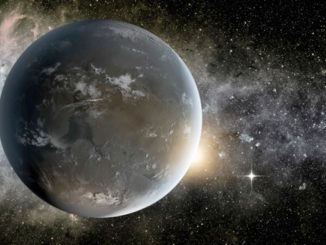
As of today, there are more than 1,800 confirmed exoplanets. More than 1,000 of these were discovered by NASA’s Kepler mission, breaking wide open the field of exoplanet science. Kepler has even identified some planets with Earth-like traits, such as Kepler-452b, a near-Earth-size planet found in the habitable zone of a sun-like star. The habitable zone is the region around a star where temperatures are just right for one of life’s essential ingredients — water — to pool on a planet’s surface.
For details about planned public events to mark the occasion, and other related stories and graphics, visit: PlanetQuest — The Search for Another Earth.



